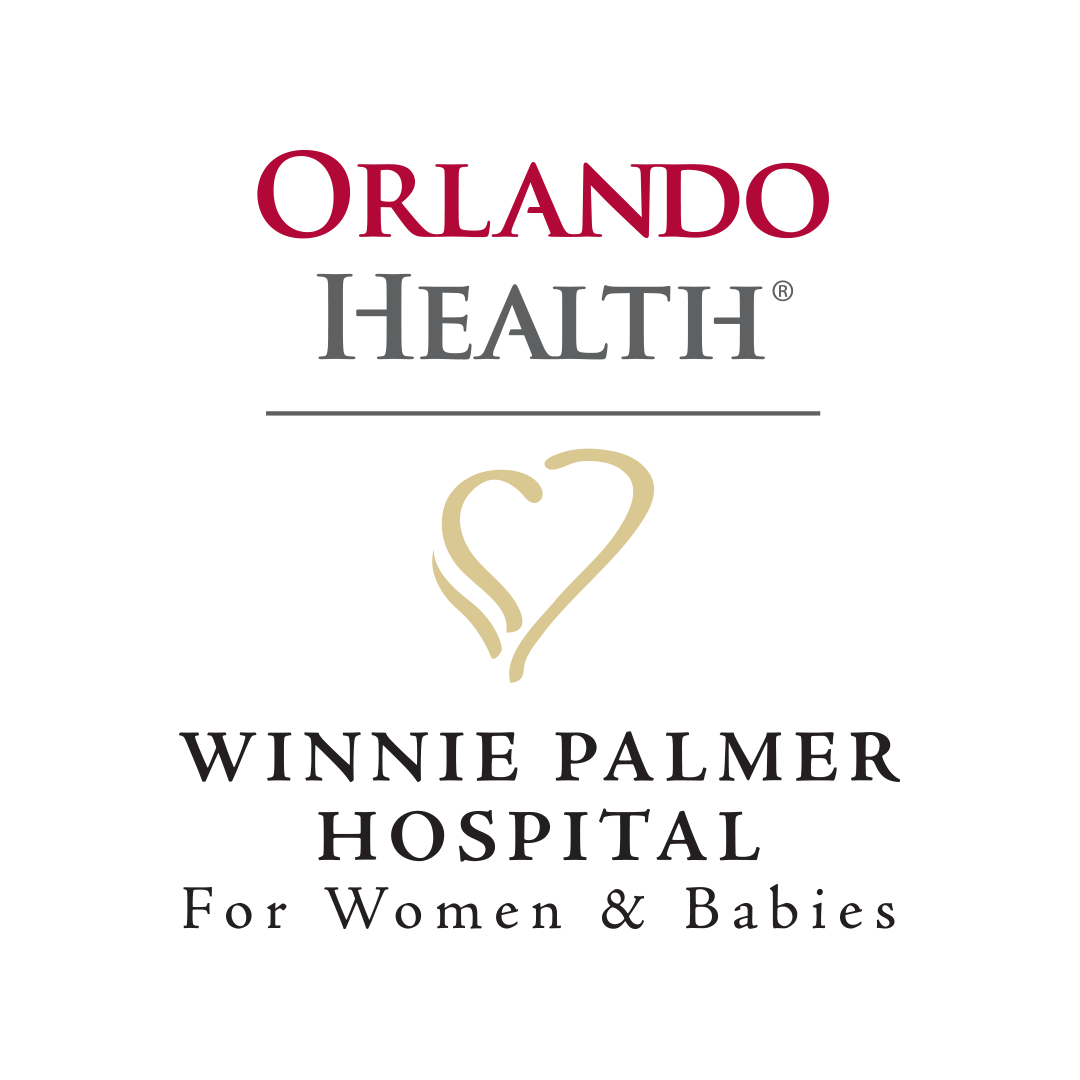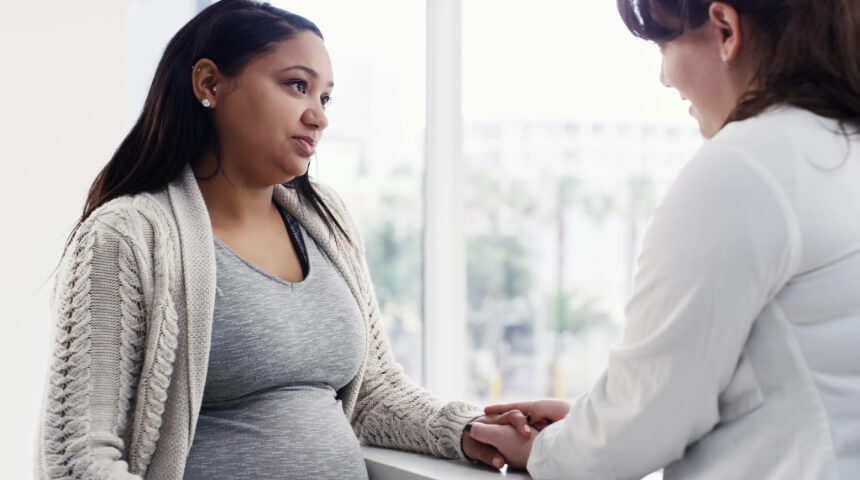Keeping Baby Safe: Steps To Keep Bad Bacteria Out of Breast Pumps, Bottles and Formula
Mothers have safely fed newborns pumped breast milk, and formula, for ages. But recent reports about two infants who died after getting a bacterial infection – likely from powdered formula, a baby bottle or breastfeeding equipment -- have some new moms scared.
Don’t panic, but learn how to prevent your baby from getting the infection, which is very rare.
What Is Cronobacter Sakazakii?
Cronobacter sakazakii is a common germ. It’s in everything from herbal tea to powdered milk, generally causing no harm. However, if a young baby ingests some, it could lead to problems. Complications are more likely if the baby is a preemie or immunocompromised.
Two to four babies are year are reported to have these infections in the United States. Those cases can lead to meningitis, causing swelling around the spinal cord and brain, and/or sepsis, a blood infection. These conditions can be fatal.
If your baby’s behavior changes — such as crying more than usual, eating less than normal or seeming to have little energy — visit the pediatrician.
How Cronobacter Reaches Babies
The infants mentioned in recent news reports might have been exposed in one of three ways:
Breast pumping equipment. Breastfeeding is one of the safest ways to feed your baby. But if you pump breast milk for future use, harmful germs can get onto the tubes, rings, valves and nipples.
Baby bottles. With breast milk and formula, liquid or powder, germs from, say, a dirty sink or countertop can make their way to the bottle, ring or nipple.
Powdered baby formula. It’s rare, but cronobacter can get into powdered formula at the factory. Sign up for alerts in case the brand you use issues a recall. If it does, get new formula.
Steps To Keep Your Newborn’s Food Safe
Caring for a newborn, even one with no medical emergencies, is overwhelming for many parents. As a result, you might find it challenging to follow all the suggestions to keep your infant’s food, and the equipment used to deliver that food, 100 percent sterile.
That’s OK. Do your very best, and insist that helpers such as relatives follow your rules strictly. Follow these steps to keep your baby safe:
Wash your hands – often. Wash your hands well with soap and water first — not just before handling feeding equipment, but also after touching the toilet, diapers and pacifiers. A spritz of hand sanitizer is a substitute, but it only kills 60 percent of cronobacter.
Breastfeed only. Babies who are breastfed directly are least likely to be exposed to cronobacter.
Sanitize breast pumps. A quick rinse in the sink of breast pumping equipment is easiest, but it’s not enough. Sanitize every element of the breast pumping equipment at least once a day by running it through the dishwasher’s “sanitize” cycle, in a microwave oven using a specially designed sterilization bag, or in a basin used for nothing else. Do not put breast pump elements into the kitchen or bathroom sink, or directly on the counter. Do not towel-dry them; allow them to air dry, and do not store them until they are moisture-free. If you have the budget, or insurance will reimburse you, buy a second set so you’ll have less urgency to sanitize.
Be careful with powdered formula. Liquid formula is sanitized and is safest for babies three months old and younger. It’s expensive, though, so you might prefer the powdered variety. In that case, only use cans that are free of any dents or other signs of misuse. Keep the lid and scoop away from other surfaces. If the scoop gets wet, wash it well and then air-dry it before putting it back into the canister. Concerning the bottles, nipples and rings, follow the same sanitizing steps as for breast pumps.
Baby at risk? Be extra vigilant. Maybe your baby is still in the hospital or has a health issue. In those cases, boil the water before mixing it with the formula powder — especially since the formula itself could be the culprit. That will neutralize bacteria that could be in the powder. To do that, bring the water to at least 158°F (70°C), let it cool for five minutes, place it into a bottle with the powder, and then, after putting the cap on, shake it all up to mix together. Do not stir. Then wait for the liquid to cool down on its own, or place it in an ice bath, before feeding the baby. You can store an unused bottle in the refrigerator for up to one full day.
Take precautions, and your newborn will be safe. For more tips, ask your pediatrician, and visit the FDA and CDC websites. You can also get good information from the websites of the baby feeding equipment you use; many have videos and written instructions about how to sterilize items properly. The bottom line: Just keep it clean.




